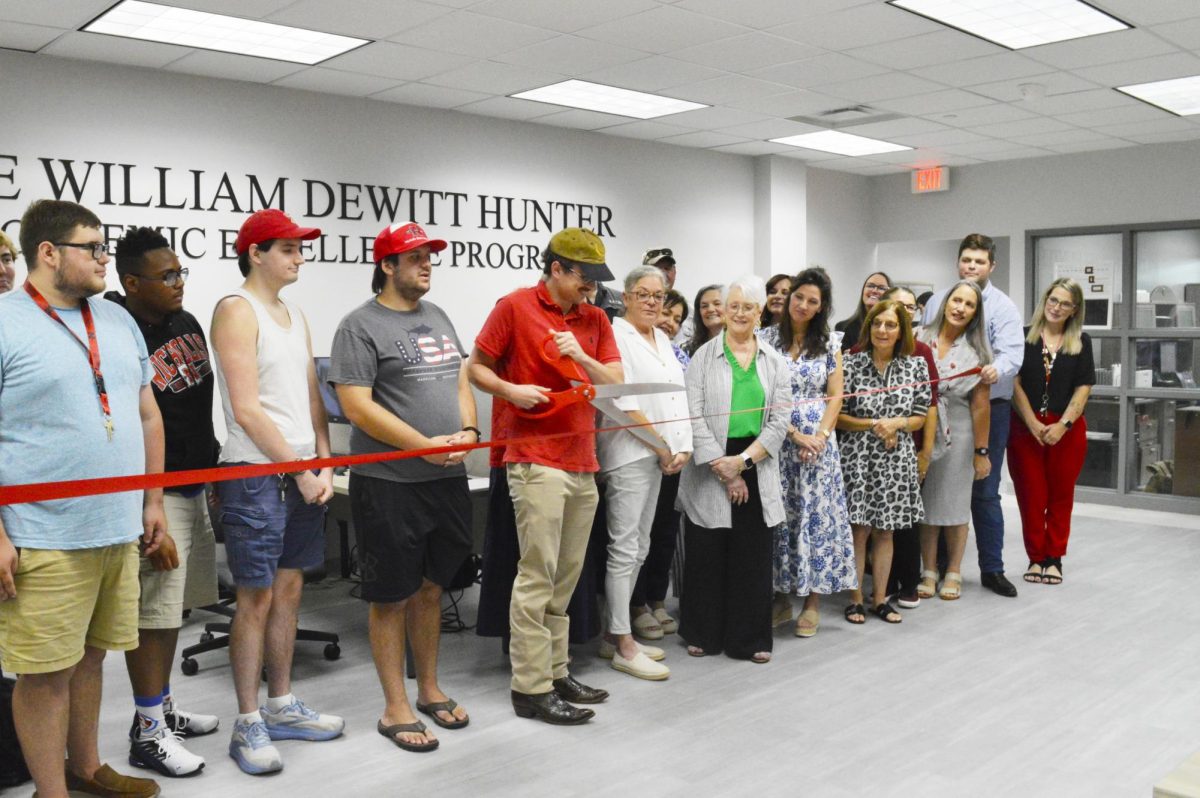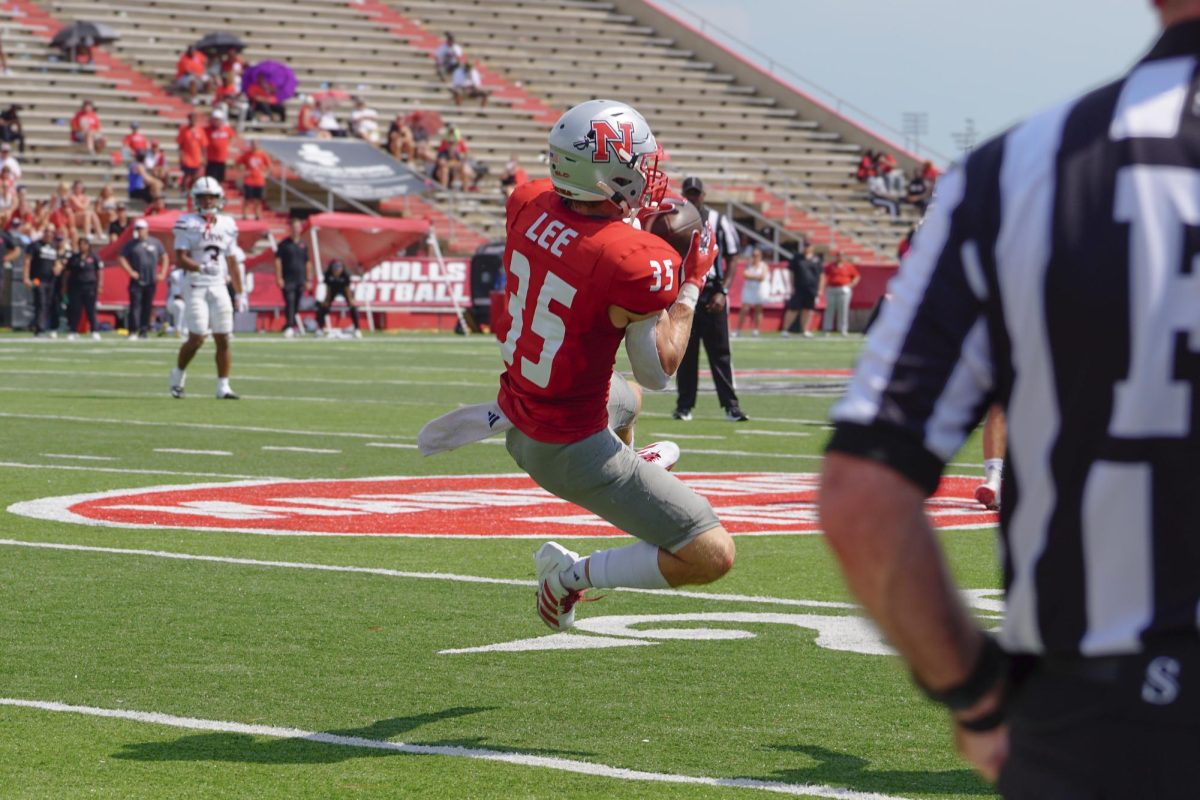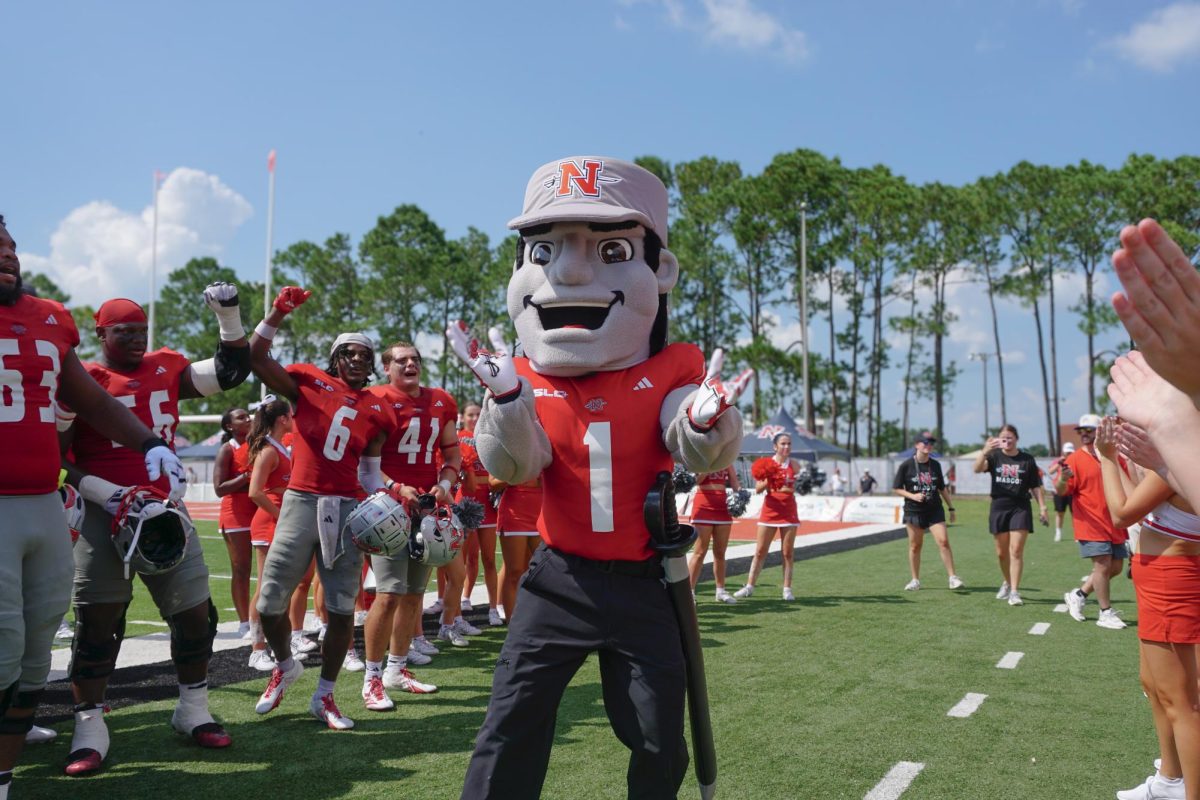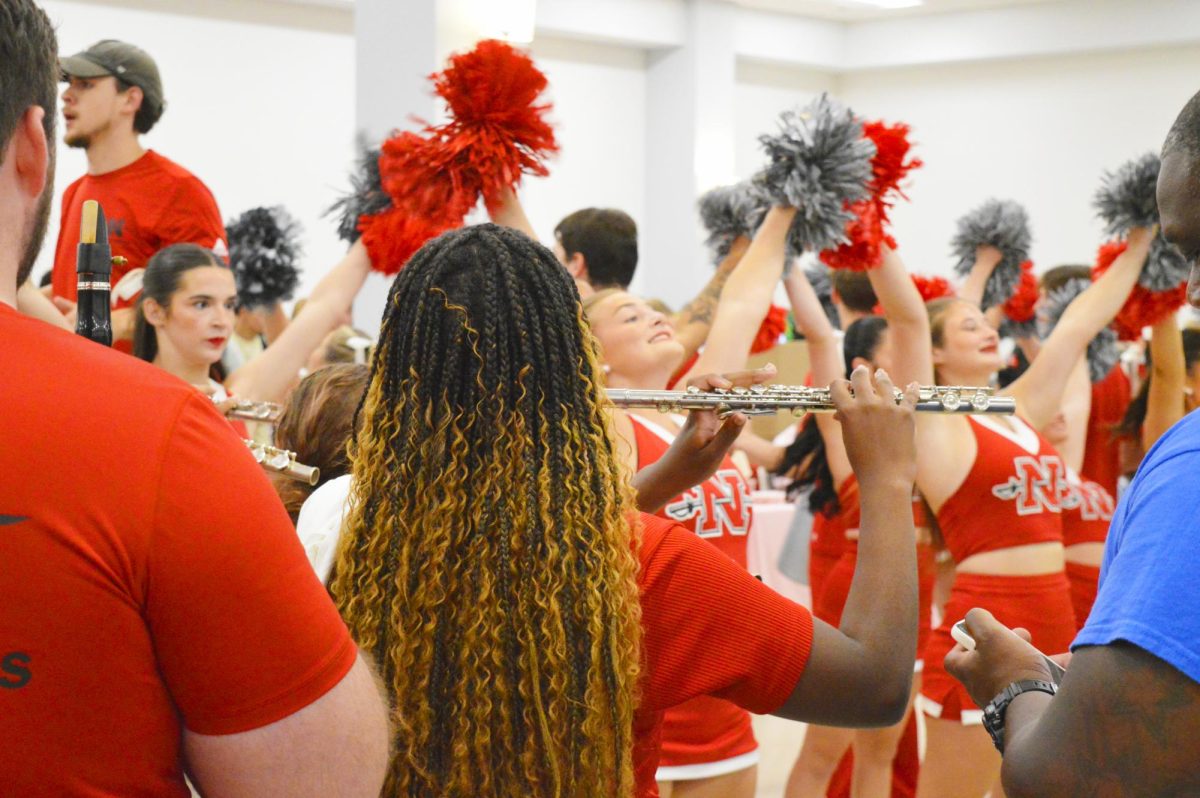The day may soon come when students will not need to carry cash to school.
The campus access identification card system will soon be implemented, if union services director Brenda Haskins has her way.
The instructional technology fee committee will allocate $150,000 for the program to be implemented.
Haskins, who calls the project her “baby,” has been trying to implement the system at Nicholls for over a year.
The goal of the program is to provide students, faculty and staff access to facilities, programs and services by using their identification cards.
The system would have many features.
The cards would give students access to computer labs, residence halls and other facilities.
Students will be able to deposit financial aid checks and student employment paychecks into their card accounts. They will also be able to make bookstore purchases.
A possibility exists that the University and a local bank will form a partnership, according to the proposal Haskins made to academic computing services. Students would have access to their local banking accounts.
They could also use campus-wide vending machines, copier modules and laundry equipment with the cards.
Students will be able to participate in student elections with the cards, as well as gain admittance to performances and athletic events.
Also planned, are quick payment options for debts and campus charges for things like tuition, fees, parking decals, parking tickets and post office box rentals.
However, these services will have to be maintained solely by union services. The $150,000 from the committee is only to get the program established.
“We gave them the money to get it started. Any recurring expenses, they have to handle that,” Tom Bonvillain, director of academic computing, said.
The union services budget will account for the cost of maintaining the program.
“We’re going to hire our own system analyst. That person is going to be in charge,” Haskins said.
The salary for the system analyst will come from the union services budget.
“Actually, he will report to computer services,” she said.
Haskins said he will report to computer services because of efficiency. He will have other responsibilities in computer services, and others in computer services will assist with the ID card system when needed.
Haskins referred to this as a “mutual swap.”
About one third of the allocated money will go toward purchasing the hardware required to run the system. A main frame computer will be housed on campus.
“Remember that this system [will] connect to every washer and dryer on campus, every vending machine, every door, whatever,” she said.
Another one third of the money will go toward the software, the programs operating the meal plans, vending modules and other services.
The remaining approximately one third of the money will go towards software licenses, installation and consumables.
“Our first year software license is estimated at $16,000,” Haskins said.
“There will be an annual fee I’ll have to pay, and I’ve already projected that in my budget.”
No decision has been made regarding the revenue source required to maintain the program, Haskins said, but she said a student fee is one option.
A new office, ID card services, has been created to maintain the program. Allison Ayo is the director. The new office reports to the office of union services and facilities.
Haskins said others deserve credit in getting the program started.
“Larry Howell [assistant to the vice president for academic affairs for assessment and institutional research] was really helpful to me. Dr. [Raymond] Folse [head of the department of information systems] chaired the committee. Brent Callais was really helpful.”
Callais, Student Government Association president, spoke of his involvement.
“I’ve been on the tech fee, and I’ve also sat on the committee with Brenda for the card swipe. So, I sort of acted as an intermediary,” he said.
Callais said he spoke on behalf of the program in the technology fee committee.
“Now that the program is started, there will be a University committee that they’re creating that two students will sit on,” he said.
Callais and Bonvillain spoke of what such a system has done for other universities.
“We should have something like this here. Every other university of any size has one,” Bonvillain said.
“I toured a lot of other schools throughout the state, and I saw the program and how wonderful it worked,” Callais said.
He said the first stages will probably be implemented during this school year.
“Allison was telling that hopefully by the end of this year we might be able to get one or two of the machines wired,” Callais said.
He said he hopes students will be able to swipe their cards to get into baseball games in the spring as well as Crawfish Day.
“We plan on using it for our elections. Instead of having to look up everybody in the book, we can just swipe their card.”








